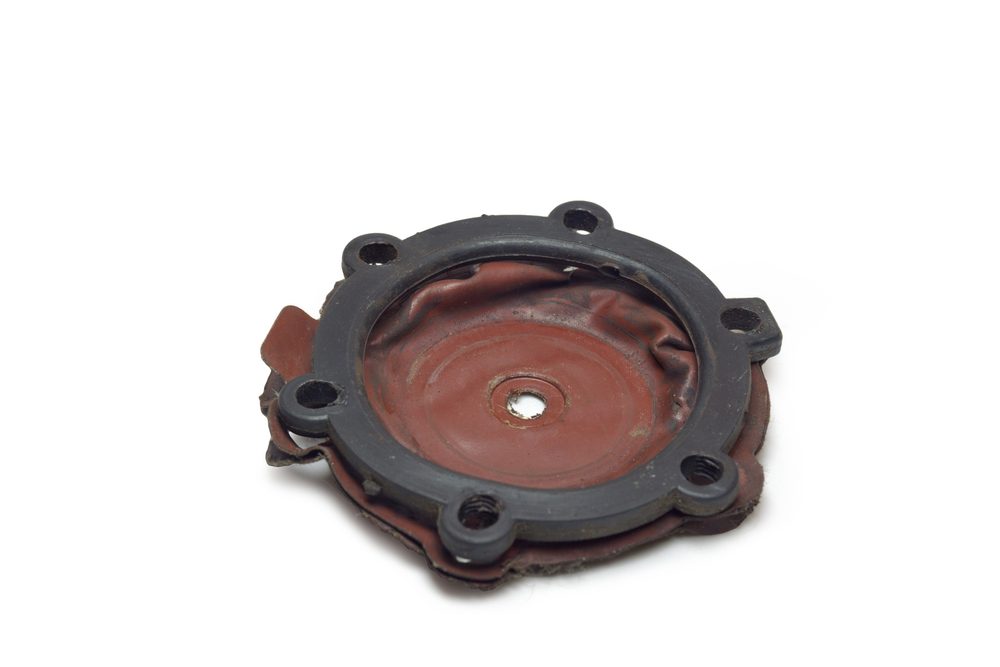
At Mid-West Instrument, we take pride in developing and producing top-tier differential pressure gauges, particularly those equipped with diaphragm-style sensors. Among the technologies employed in our gauges is the piezo-resistive differential pressure sensor element. This component transforms mechanical pressure shifts into electrical signals, delivering highly precise and dependable readings. Although piezo-resistive sensors are a popular choice, we also provide alternatives such as capacitive and magnetic angle sensors, each offering exceptional performance tailored to specific applications. Here, we will delve into the role of piezo-resistive differential pressure sensor elements, how they function within our diaphragm-based gauges, and their numerous advantages across various industrial sectors.
Understanding Piezo-Resistive Differential Pressure Sensor Elements
A piezo-resistive differential pressure sensor element is a semiconductor material designed to alter its electrical resistance upon exposure to mechanical stress or pressure. Within our diaphragm-type differential pressure gauges, the piezo-resistive sensor is fixed onto a flexible diaphragm. When pressure is exerted on one side of the diaphragm, it bends slightly, prompting the piezo-resistive material to adjust its resistance. This modification is then translated into an electrical signal, which helps determine the pressure variance between two points in a system.
Renowned for their precision and reliability, especially under low-pressure conditions, piezo-resistive sensors are perfect for scenarios requiring exact differential pressure measurements.
How Piezo-Resistive Sensors Operate in Diaphragm-Based Gauges
In diaphragm-based gauges, the piezo-resistive sensor element works hand-in-hand with the diaphragm, which divides the high-pressure and low-pressure areas of the system. Any pressure difference applied across the diaphragm prompts it to flex, subjecting the piezo-resistive material to mechanical strain. This strain results in a shift in the electrical resistance of the material.
The alteration in resistance corresponds directly to the pressure differential across the diaphragm. The gauge's internal electronics then process this resistance change into an interpretable electrical signal, enabling us to showcase or transmit the differential pressure reading. The high sensitivity of piezo-resistive sensors ensures that even minor pressure fluctuations are precisely identified and recorded, making them exceptionally effective in dynamic settings where pressure varies quickly.
Advantages of Employing Piezo-Resistive Sensors in Diaphragm-Based Gauges
Integrating piezo-resistive differential pressure sensor elements into our diaphragm-based gauges presents multiple key benefits. One standout advantage is their extreme sensitivity. These sensors can detect the slightest pressure variations, making them ideal for applications demanding utmost accuracy, such as flow monitoring, filter condition tracking, and liquid level assessment in tanks.
Another major benefit of piezo-resistive sensors is their enduring stability over time. These sensors are highly dependable, preserving their accuracy despite challenging or fluctuating environmental conditions. This makes them suited for tough environments typically encountered in industries like oil and gas, chemical processing, and power generation.
Piezo-resistive sensors also stand out for their energy efficiency and compactness. Their small size allows us to craft compact differential pressure gauges without sacrificing performance. Moreover, their minimal power usage makes them suitable for applications prioritizing energy efficiency.
Finally, piezo-resistive sensors are cost-effective. They deliver high performance at a reasonable price point, providing customers with accurate and reliable differential pressure readings without exceeding their budgets.
Applications of Piezo-Resistive Differential Pressure Sensors
Piezo-resistive differential pressure sensor elements find utility in a variety of industries and use cases. In filtration systems, they track pressure drops across filters, supplying real-time information to operators so they can decide when filters require replacement or cleaning. For flow measurement purposes, piezo-resistive sensors gauge the pressure difference across a flow restriction, facilitating the precise calculation of flow rates.
In HVAC systems, piezo-resistive sensors assist in monitoring airflow and spotting obstructions in ductwork, ensuring optimal system functionality. Furthermore, in liquid level measurement, these sensors compute the pressure difference between the top and bottom of a tank, offering an accurate measure of the liquid level.
Conclusion
Piezo-resistive differential pressure sensor elements are vital to the effectiveness of our diaphragm-based gauges. They provide high sensitivity, long-term reliability, and cost-efficiency, making them ideal for a broad spectrum of industrial applications where precise differential pressure measurements are crucial. By integrating piezo-resistive sensors into our gauges, Mid-West Instrument guarantees that our clients receive dependable, precise, and durable solutions tailored to their industrial requirements.
With over six decades of experience, Mid-West Instrument has established itself as a premier supplier of premium differential pressure gauges. Looking for assistance in selecting the right pressure gauge and equipment for your business? Contact us today to speak with one of our knowledgeable professionals.
Muffle Cotton for Axial Flow Fan,Fire -resistant Fan Muffle Cotton,Muffle Cotton Be Used to Axial Fan
Yuncheng Anhong Enery-saving Explosion-proof Fan Co.,Ltd. , https://www.anhongfengji.com
